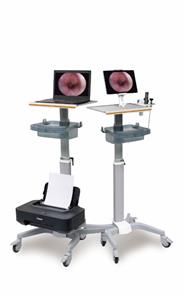Comparison of clinical therapeutic effects between laparoscopic cholecystectomy and laparotomy in the treatment of gallstones
The control group was treated with open surgery, while the experimental group was treated with laparoscopic cholecystectomy. The surgical conditions, postoperative recovery, and complications were compared between the two groups. Results The operation time and incision length of the experimental group were (56.34±12.36) min and (2.23±0.22) cm shorter than those of the reference group (63.21±12.35) min and (2.54±0.27) cm, and the intraoperative blood loss was (43.43±5.67) ml less. Compared with the control group (65.23±5.45)ml, the difference was statistically significant (P<0.05). The postoperative anal exhaust time, pain relief time, gastrointestinal motility time, bowel sound recovery time, ambulation time and hospitalization time in the experimental group were shorter than those in the control group, and the differences were statistically significant (P<0.05). The incidence of complications in the experimental group was 6.25% lower than that in the reference group (20.83%), and the difference was statistically significant (P<0.05). Conclusion The effect of laparoscopic cholecystectomy in the treatment of gallstones is significantly better than that of laparotomy, which can reduce the trauma to the patients, is conducive to postoperative recovery, and has fewer postoperative complications, which is worthy of clinical implementation. Comparison of clinical therapeutic effects between laparoscopic cholecystectomy and laparotomy in the treatment of gallstones




